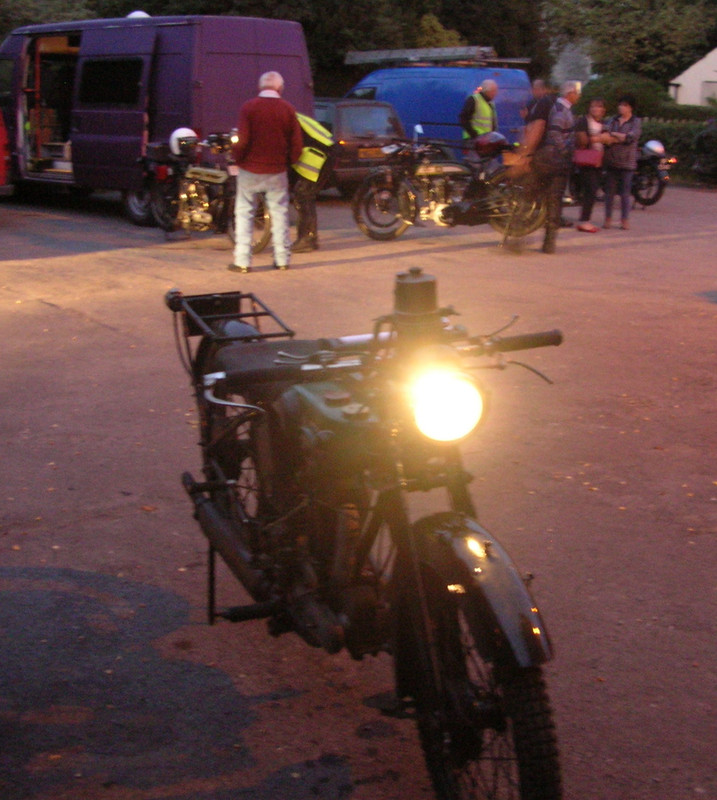tracyclimber
New member
Hello. I do a lot of spelunking and often use carbide. I think I have a problem with knowing how much water to flow - the flame often goes out and the water is run out. Is there a guide as to how much to use, or some way of knowing how to get the best results? Should I leave the screw open a little, should it be almost shut to start etc.?
Thank, Tracy
Thank, Tracy



